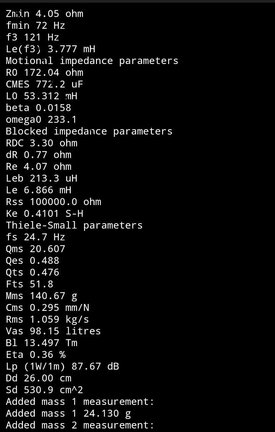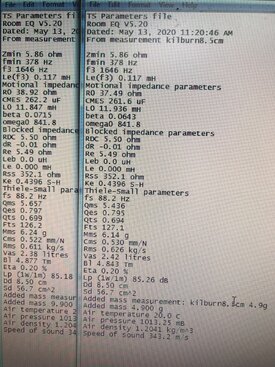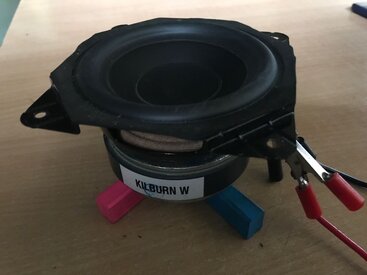i am using REW for measuring TS parameters for couple of months now.

i was repairing one of my friends Marshall Kilburn Woofer. After that i tried to measure T/S parameters of it.
sorry for the bad image of 2 measurements of same woofer.

whenever i measure TS parameters of metal former coil i get Zmin of 50 Ohms+ ..
is this normal ?
Qts 2.9 Woofer for ported enclosure by Marshall is it possible?
.
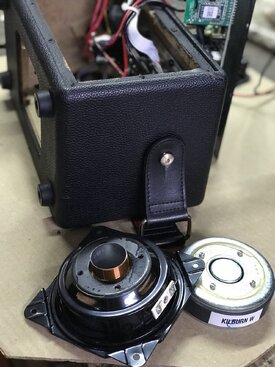
i was repairing one of my friends Marshall Kilburn Woofer. After that i tried to measure T/S parameters of it.
sorry for the bad image of 2 measurements of same woofer.
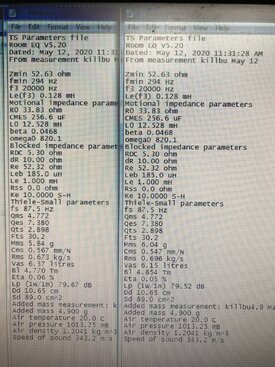
whenever i measure TS parameters of metal former coil i get Zmin of 50 Ohms+ ..
is this normal ?
Qts 2.9 Woofer for ported enclosure by Marshall is it possible?
.








